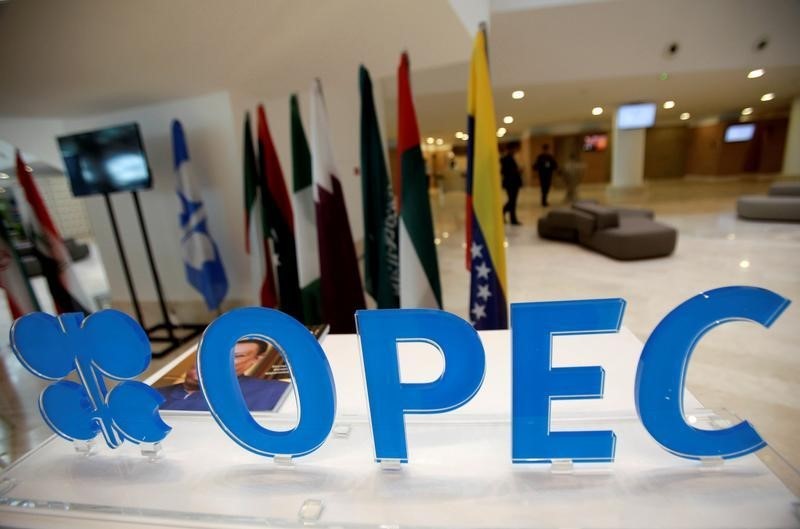By Barani Krishnan
Investing.com -- Crude prices were mixed on the week as trading neared Friday’s close, with global benchmark Brent showing a weekly loss amid a continued holdout by Europe on a Russian oil ban, while U.S. crude was almost flat on strong summer demand bets and supply tightness that have pushed pump prices to record highs.
Both Brent and U.S. crude’s West Texas Intermediate benchmark were up more than 3% in Friday’s intraday trade, extending their recovery from a near 10% loss in the first two days of the week sparked by fears that America might be tipped into recession from aggressive rate hikes by the Federal Reserve trying to beat the worst inflation in 40 years.
By 1:30 PM ET (17:30 GMT), an hour to the close, London-traded Brent was at $111.19, up $3.74, or 3.5%, on the day. For the week, it was down 1.7%.
New York-traded WTI was at $110.08, up $3.95, or 3.7%. For the week though, it was down just 0.5%.
The divergence between Brent and WTI is "a story of two oils,” said John Kilduff, partner at New York energy hedge fund Again Capital. “The hold out of an European embargo, particularly by Hungary is limiting Brent’s upside, while WTI is basking in bullish glory from the refining crunch in fuels that’s sent pump prices to record highs.”
Some European Union nations said on Friday that the push to ban Russian oil should probably be delayed to prioritize other sanctions against Moscow, particularly if the bloc could not win immediate consensus from Budapest for an embargo.
Saudi Arabia’s Energy Minister Abdulaziz bin Salman, meanwhile, tried to avert any blame on OPEC+ for the record high pump prices in the United States, saying it was a lack of U.S. refining capacity that was responsible for the crisis rather than supply from the global oil exporters alliance.
“The bottleneck is now to do with refining,” Abdulaziz told Bloomberg in an interview. “I did warn this was coming back in October. Many refineries in the world, especially in Europe and the US, have closed over the last few years. The world is running out of energy capacity at all levels.”
Record-high fuel prices are testing the mettle of U.S. consumers, with gasoline at above $4.50 per gallon at some US pumps while diesel retails at above $6.
The International Energy Agency cautioned on Thursday that soaring pump prices and slowing economic growth are expected to significantly curb the demand recovery through the remainder of the year and into 2023.
Economists, meanwhile, warn that the US economy, finally on the path to resilience after the damage wrought by the two-year-long coronavirus pandemic, could head for recession again from a one-two punch delivered by record-high fuel prices and Fed rate hikes.
